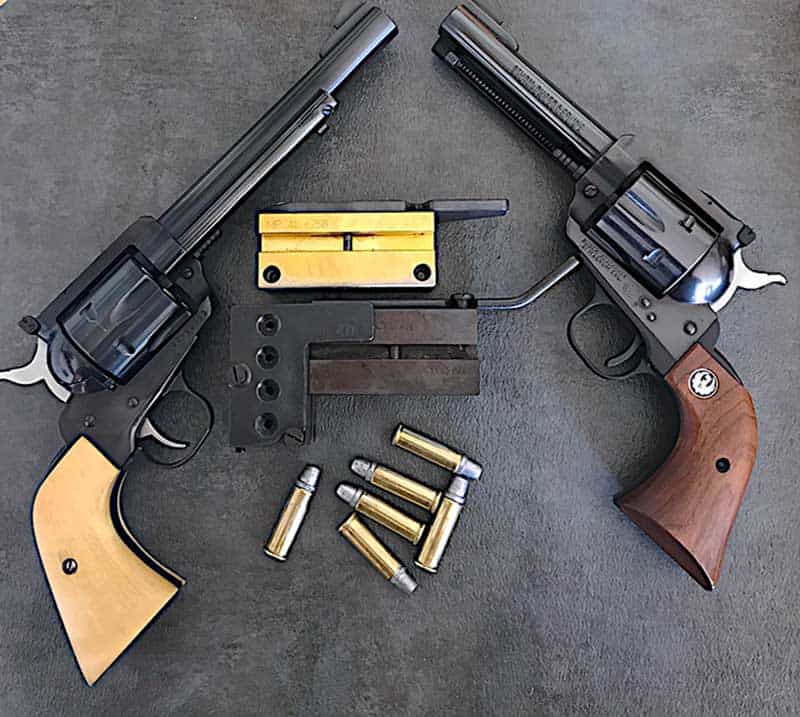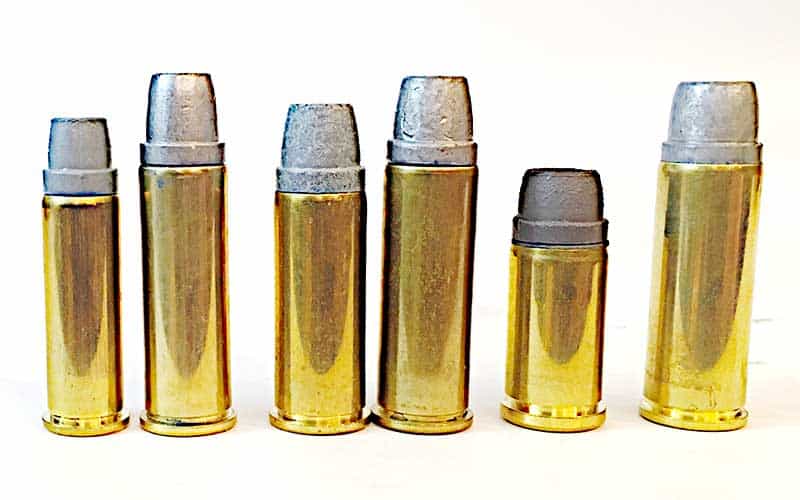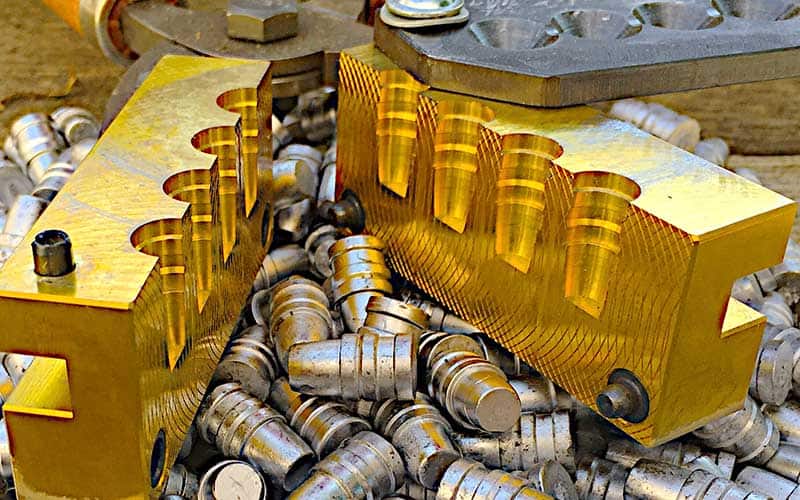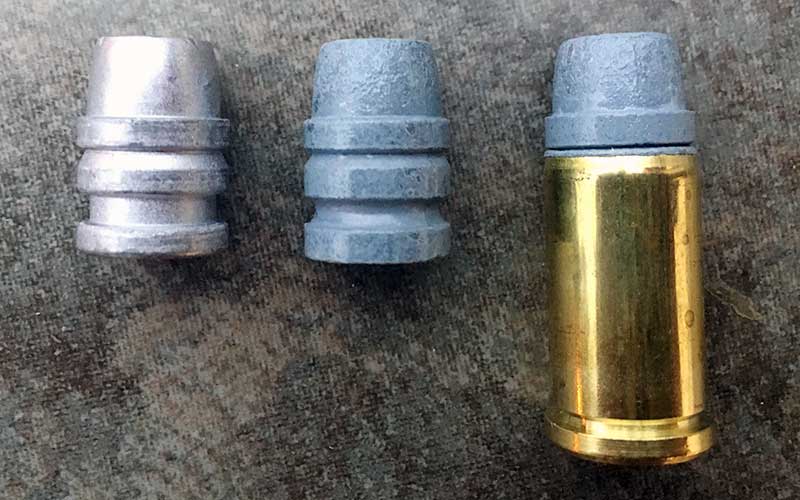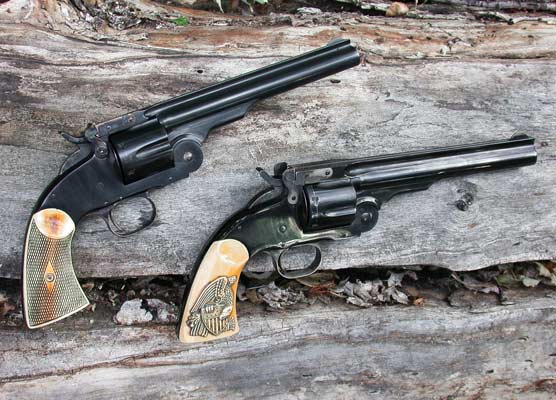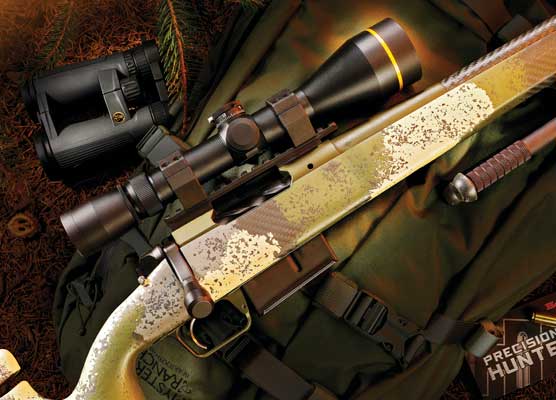The Classic “Keith”
Everything You May Have Forgotten
When it comes to cast bullets, the term “Keith” bullet has morphed into any slug resembling a semi-wadcutter (SWC) design. Human nature being what it is, people generalize, encompassing anything resembling what the true meaning of the concept was in the first place. This certainly happened to “Keith” bullets.
While digging through stacks of old photocopied articles, I stumble upon an old favorite written by Elmer over 50 years ago. It gives detailed history of his cast bullet designs. Reading it reminded me of the old saying, “He’s forgotten more than you’ll ever know.” In my case, it was simply “He’s forgotten.”
I recognized the material, having read and re-read this article over the years. Over time, we forget things we knew by heart if we don’t take the time to refresh our memories. I figured this was the perfect time to share these findings with a refresher of sorts on “Keith” cast bullets.
By the Numbers
Elmer designed his famous 429421 bullet back in 1927 for Lyman Gun Sight Corporation. This was followed by a hollow-base design, 429422, and a hollow-point design. Later, he designed three bullets for the .38 Special: Ideal’s 358429, a 173- grain solid, the 358439, a HP slug, and the 358431, a HB design.
Next came the 240-grain 452423 design for the .45 Auto Rim, followed by the 250-grain 454424 for the .45 Colt. When the .41 Magnum came out in 1964, Elmer designed a 220-grain “Keith” slug, the mold made by Hensley & Gibbs of Murphy, Ore.
“Real” .41 Keith?
Elmer preferred his design made by Hensley & Gibbs and Santa Anita Engineering Company (Saeco). The Saeco version weighs 230 grains when cast of WW alloy, but has a slightly narrower front driving band. The Hensley & Gibbs mold also weighs 230 grains when WW alloy is used and has all of the qualities Elmer desired for his cast bullets.
Hensley & Gibbs molds have become quite collectible. Recently, I saw a four-cavity version of this mold sell for $280 on a public auction site! Luckily, I have an MP Molds four-cavity mold which duplicates this exact bullet for about one-third of the price.
Fake Keith?
Lyman’s 410459 was not designed by Elmer, although the company passed it off as the .41 Keith bullet, perhaps in his honor or to simply increase sales. Either way, many people get confused or are misled into believing this.
A few articles back, I wrote of the .41 Mag. and incorrectly stated Elmer designed the Lyman 410459 mold. Luckily, a few mold-savvy friends reminded me of this error and the article I stumbled upon confirms it.
Keith Qualities
Elmer was very particular in what he wanted for his bullet designs. He wanted three full diameter driving bands, as well as a square lube groove. The front driving band would true up the cartridge in the cylinder and cutdown on bullet jump from cartridge case to barrel throat.
“The greatest strain on a sixgun bullet comes on the front band when it jumps straight ahead to the rifling and then has to the rifling and start spinning. My design cuts this slippage to the minimum, and this forward full driving band scrapes the bore clean with each shot. The bullet has two heavy forward bands to take and hold the rifling with only the deep beveled crimp groove between, then a big deep, square lubrication groove, to hold adequate supply of lubricant so as to properly lubricate the bore.”
Altering Motives
Lyman started altering their molds from Elmer’s design over the years (bastardizing them in Elmer’s words) when people complained loaded cartridges wouldn’t seat in the cylinder chamber. Lyman started narrowing the front driving bands so the bullets would fit.
The next complaint was bullets sticking in the mold — a common trait for square grease-groove slugs. It takes a few extra wraps on the hinge pin of the mold handles to knock them loose. Round grease groove bullets appear to drop effortlessly. Personally, I don’t mind round grease-grooves, as I Powder Coat my bullets nowadays. Also, with today’s advancements in bullet lubes, there is no need for such a large lube-groove. I used to cringe at how much expensive bullet lube “Keith” bullets gobbled up when sized/lubed the traditional way!
Elmer was known to use water-pump grease at times to lube his bullets, so therein lies his preference for square lube grooves to hold the messy grease.
All Good Slugs
Shooting true Keith slugs scratches a nostalgic itch no other slug can come close to doing. Sure, other slug designs are worthy, and maybe even better, but that’s a debate for another article.
There’s no question Elmer’s bullet designs were way ahead of their time for long-range accuracy and performance on game. While lacking formal education, Elmer had great instincts when it came to all things sixguns. And for this, we can be forever grateful.
